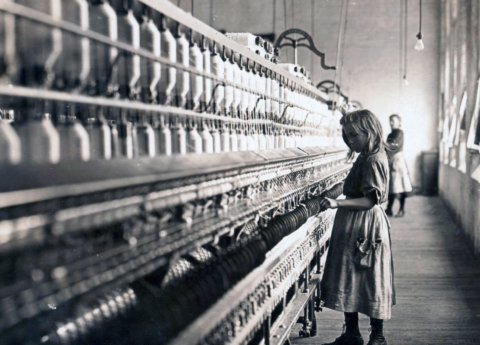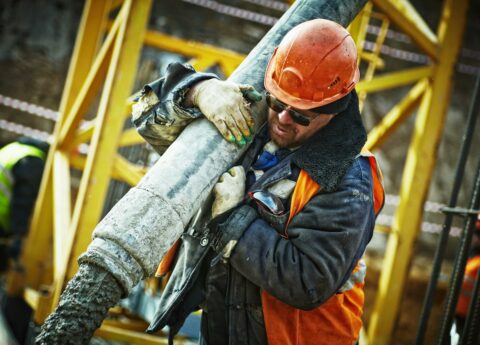The 2016 presidential primaries were marked by a surge in popularity from candidates tapping the anger of those Americans who feel left out and left behind. It’s in states like Kentucky where those feelings are especially raw, with the economic conditions many face a key source of frustration.
There’s more going on than economic worries when it comes to the state of the nation this year, including the festering of deep wounds around race that have been with the country since its founding. But suspicion and rage at those who look different bubbles up when people feel their status is falling and their future is unsure.
Many working class white men have seen a decline of their well-being over the last few decades, with a loss of available good-paying jobs and stagnant wages for those lucky enough to find work.
Kentucky has experienced these trends as deeply as any other state because of our reliance on traditional industries like manufacturing and coal. The state has lost one in five of the manufacturing jobs we had at our peak in 2000 and coal employment is now a tiny fraction of what is was after World War II. The state has the second-lowest share of adults ages 25 to 54 in the workforce, behind only West Virginia. And 30 percent of Kentucky workers are struggling to make it in jobs that pay less than $12 an hour — no improvement from 15 years ago.
Rural counties across Kentucky have been particularly hard hit by the Great Recession and structural changes in the economy. Despite a steadily improving economy as a whole, in 92 of Kentucky’s 120 counties there are still fewer people employed now than in 2007 — before the recession hit — and 24 counties (mostly in eastern Kentucky) have seen employment drop more than 20 percent over that time.
These challenges are rooted in policy failures: the abandonment of a national commitment to full employment over the last few decades, trade and financial policies that too often prioritize Wall Street gains over families’ economic security and inadequate efforts to help workers and communities adjust to economic transitions that are inevitable.
To turn things around, we need actions that make a meaningful difference in people’s lives. So many have lost faith in our ability to do things together because they believe government is not on their side. Changing that view will require a bolder set of solutions than have been pursued in the past.
For example, the federal government should be taking advantage of historically low interest rates to launch an aggressive nationwide investment in infrastructure and community repair. Work is needed to fix roads and bridges, build schools, restore scarred landscapes, ramp up drug treatment options, lay broadband lines and more.
A serious effort will put millions of Americans to work today and spur small business and other private sector growth. That will finally get us back to full employment, the key condition needed for wages to rise across the board.
Designed right, it would put special emphasis on the coal communities and factory towns where hope is waning in the face of major economic dislocation. The Reclaim Act, a bill introduced by Congressman Hal Rogers that would release $1 billion to restore abandoned mine lands, is a good example of what’s needed.
You could call such an initiative the New Commitment, in frank recognition that government has fallen short when it comes to the interests of ordinary Americans in recent decades. In contrast, offering only solutions that nibble around the edges of what communities need runs the risk of stoking further anger and cynicism. The times call for something braver.
If we don’t do more to address the country’s real problems, we’re headed toward further division. Throughout the last year, we’ve seen the beginnings of the dark fallout that could result.
This column originally ran in the Richmond Register on Aug. 18, 2016.



